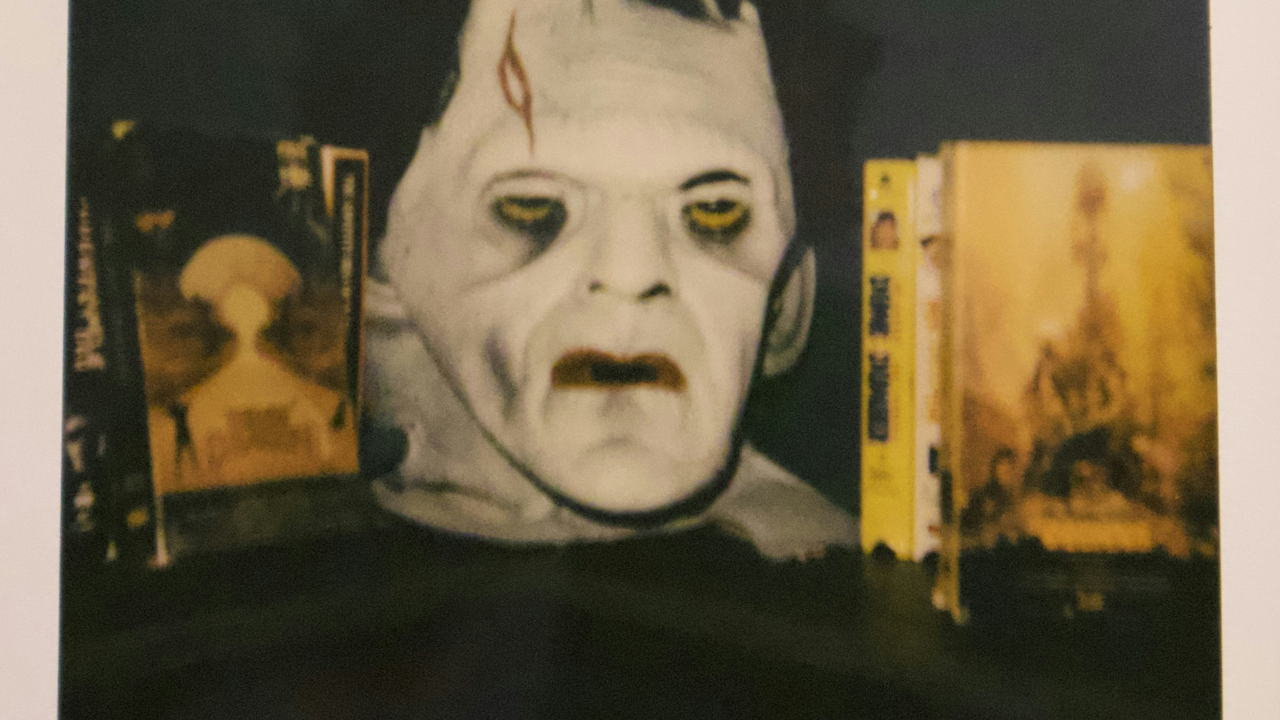The flickering screen casts long, dancing shadows across the room, the air thick with anticipation and a subtle undercurrent of dread. On screen, a masked figure lurks in the darkness, a creaking door hints at unseen horrors, and the discordant strings of the soundtrack tighten the knot of anxiety in our stomachs. For many, this is not a scene to be avoided, but rather a deliberate choice, a form of entertainment sought out with a peculiar enthusiasm. The question then arises: why, in a world already filled with real-life anxieties, do we willingly subject ourselves to the simulated terror of horror movies? The answer lies in a complex interplay of psychological, physiological, and even social factors that tap into the very core of our human experience.
At a fundamental level, our attraction to horror can be traced back to our primal fight-or-flight response. When confronted with a perceived threat, our bodies flood with adrenaline, our heart rate and breathing accelerate, and our senses become heightened. This physiological cascade, designed to prepare us for immediate danger, is undeniably powerful. Horror films expertly manipulate this ancient survival mechanism through jump scares, suspenseful build-ups, and unsettling imagery. However, the crucial distinction lies in the fact that we are experiencing this fear within a safe and controlled environment. Our rational brain understands that the monster on screen cannot actually harm us, creating a psychological space where we can experience the physical sensations of fear without the genuine threat. This allows for a release of pent-up energy and a subsequent feeling of exhilaration as the tension dissipates and we realize we are safe.
This “excitation transfer theory” suggests that the negative emotions experienced during the scary parts of a film are transformed into positive feelings of relief and even euphoria once the threat is resolved. The more intense the fear, the greater the subsequent sense of pleasure. It’s akin to the thrill of a rollercoaster – the simulated danger triggers a powerful physiological response, but the knowledge of safety allows us to enjoy the ride and the rush that follows.
Beyond the physiological responses, psychological factors play a significant role in our love for horror. One prominent theory revolves around catharsis. Watching fictional characters confront and sometimes overcome terrifying situations can provide a vicarious outlet for our own anxieties and fears. By witnessing these struggles from a safe distance, we may feel a sense of release and empowerment, subconsciously processing our own worries and developing a sense of resilience. The horror genre often explores universal themes of death, the unknown, and the darker aspects of human nature, allowing us to grapple with these unsettling concepts in a contained and fictional context.
Furthermore, curiosity plays a vital role. Humans are naturally drawn to the unknown and the forbidden. Horror films often delve into these realms, presenting us with scenarios and creatures that defy our everyday understanding of the world. This morbid curiosity, the fascination with the grotesque and the macabre, can be a powerful motivator for engaging with the genre. We are compelled to look, even if through our fingers, to understand the nature of the threat and the potential for survival.
Individual differences also contribute to the varied responses to horror. Some individuals are high in “sensation-seeking,” a personality trait characterized by a desire for novel, intense, and complex sensations and experiences. For these individuals, horror films provide a readily available and relatively safe way to fulfill this need for stimulation. Conversely, individuals with higher levels of empathy may find horror films less enjoyable, as they may be more deeply affected by the suffering and distress depicted on screen.
The social aspect of watching horror movies should not be overlooked either. Sharing a frightening experience with others can be a bonding activity. The collective gasps, nervous laughter, and shared relief can create a sense of camaraderie and shared experience. Discussing the film afterwards, analyzing the scares and the narrative, further enhances this social connection.
Moreover, the art of filmmaking itself contributes to the allure of horror. Skilled directors and writers employ a range of techniques, from unsettling sound design and claustrophobic cinematography to psychological suspense and shocking visual effects, to craft a truly immersive and terrifying experience. We appreciate the artistry involved in effectively manipulating our emotions and creating a believable, albeit fictional, world of horror.
In conclusion, the reasons behind our love for horror movies are multifaceted and deeply rooted in our biology and psychology. It’s a complex dance between fear and pleasure, a safe exploration of our anxieties, a manifestation of our curiosity, and a shared social experience. By understanding the science behind this seemingly paradoxical attraction, we gain a deeper appreciation for the power of storytelling and the intricate workings of the human mind as it navigates the shadows of the imagined and confronts the primal thrill of fear in the comforting glow of the screen.

